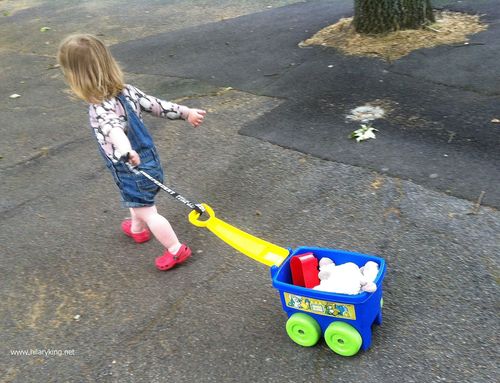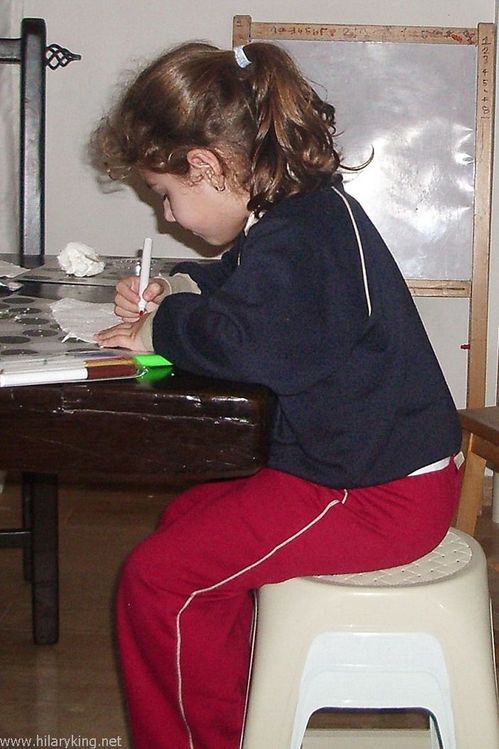Leading With the Head
I have been looking again at the excellent book ‘Body Awareness in Action’ by Frank Pierce Jones and have been reminded of the similarity between aspects of F M Alexander’s work and the research findings of a famous physiologist.
F M Alexander began to develop his idea of there being a ‘Primary Control‘ mechanism of the head and neck in relation to the rest of the body, as early as 1912. He then began using the instructions, or ‘directions‘, for pupils to allow ‘the neck to relax and the head to go forward and up‘ both as they sat quietly or when began to move – for instance to stand up. These directions were a means to help his pupils regain, or even find, the natural type of movement and body use that most children have initially but often lose. Learning how to give ourselves these directions forms an essential part of Alexander Technique lessons today.
Some of Alexander’s medical friends who knew his teaching theories, pointed him to the work of the German physiologist Prof. Rudolph Magnus, who was researching the head and neck reflexes of mammals in the laboratory. Magnus’s best known book was Körperstellung 1924 (‘Posture’) and the Magnus & De Kleijn reflexes have been named after him and his colleague.
As Dr Peter Macdonald stated in his paper published in the BMJ (Dec 25 1926) Alexander’s rather similar concept appeared to anticipate Magnus’s research which postulated that:
“The whole mechanism of the body acts in such a way that the head leads and the body follows”.
A pupil of mine kindly allowed me to use this photo of the little girl above. She so obviously leads her movement with her head and her body follows as she fluidly pulls her trolley behind her. She is alert and poised, yet she is also active and purposeful.
I doubt whether many adults, or even teenagers, would display such freedom of movement as they pull luggage around on their travels! Many would be tensely contracting down into themselves, twisting the whole body as they pulled the suitcase along.
It is possible to re-learn how to move more freely and I have found it helpful to spend some time with pupils, as part of an AT lesson, exploring how they move suitcases around, so they can think about this activity before they go off on holiday. When they give themselves the directions ‘I will allow my head to go forward and up’ so that it can lead them into their movement, their body plus suitcase, easily follow.
It is such a shame that so many people lose this easy balance and poise as they grow up and then have to re-learn it. FM Alexander always wanted to use his AT work to prevent problems of mis-use from developing in the first place. How much better if we can help children to feel happily confident in their bodies, so they are able to continue to move around easily, in a freely balanced and coordinated manner.
When the Alexander Technique becomes an everyday part of a child’s home life and school day, as in the lovely little school Educare, then it will be easier to avoid habits of distortion and tension creeping in, despite the various stresses the world throws at us and we can help children maintain their easy poise and fluidity of movement.

